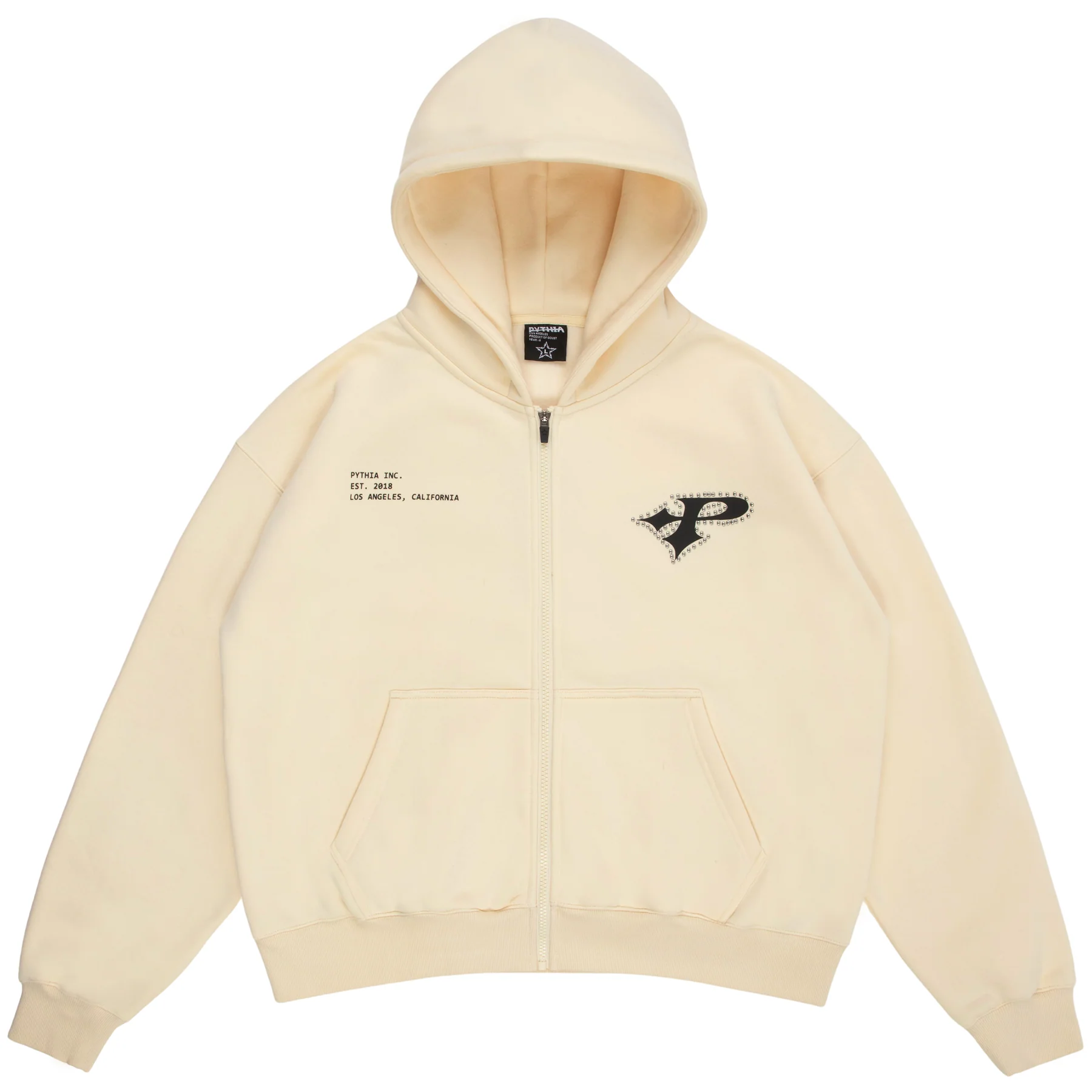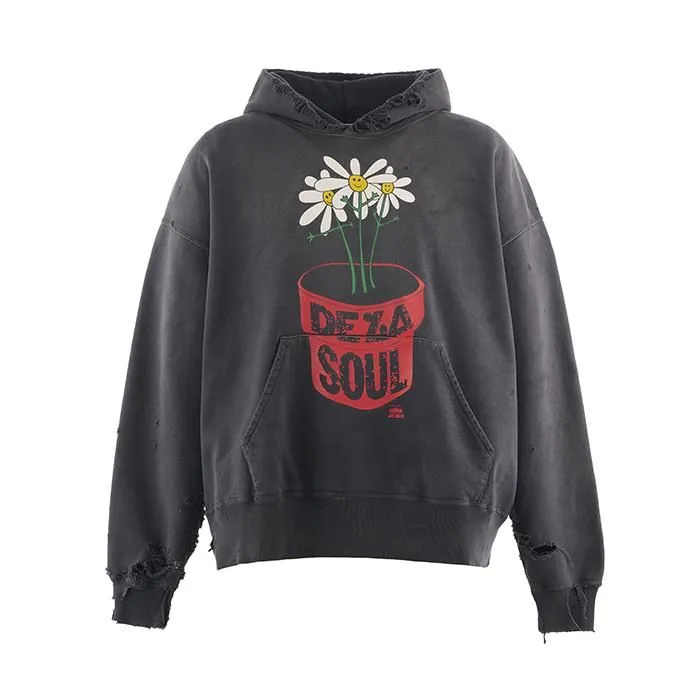London Fashion Week has long been synonymous with buzzing energy, packed schedules, and a city-wide fashion spectacle that sees industry insiders rushing from one show to the next. However, the Fall-Winter edition of the event marked a noticeable shift in dynamics. With many designers opting out of runway presentations, attendees found themselves walking fewer steps than usual, as the usual whirlwind of physical shows gave way to a more subdued, digital-friendly experience.
The season saw fewer big-name designers showcasing in person, reflecting an ongoing transformation in the way fashion is presented. This shift, while unexpected, highlights a broader trend toward adaptability and innovation in an industry that has had to rethink its traditional formats over the past few years.
A Slimmer Affair: Fewer Physical Shows, Less Citywide Movement
London Fashion Week is typically a fast-paced event that requires attendees to move across the city, dashing from one venue to another to catch multiple shows in a single day. This season, however, saw a significant reduction in the number of physical runway presentations, leading to a much quieter atmosphere.
While past editions have featured a mix of runway spectacles, showroom presentations, and immersive brand activations, this year’s event felt noticeably pared down. The absence of some of the industry’s most exciting designers contributed to this change, resulting in fewer in-person gatherings and less movement between locations.
The slowdown in pace not only altered the social and experiential elements of Fashion Week but also prompted conversations about the evolving role of physical fashion shows in an increasingly digital world.
Notable Absences: Where Were the Big Names?
One of the most striking aspects of this year’s London Fashion Week was the absence of several major designers who have previously been pivotal to the event’s success. Brands such as J.W. Anderson, Molly Goddard, Supriya Lele, Nensi Dojaka, Standing Ground, and KNWLS all opted to skip the season entirely, leaving a noticeable gap in the lineup.
Each of these designers has played a crucial role in shaping London’s avant-garde and experimental fashion scene, and their absence raised questions about the pressures of maintaining a biannual show schedule. For some, the choice to sit out may have been a strategic move, allowing them to focus on longer production cycles, sustainable practices, or alternative ways to showcase their collections.
Their absence also underlines a growing sentiment within the fashion industry—that the traditional fashion calendar may no longer be sustainable for all brands. The costs, logistics, and environmental impact of physical runway shows have been an ongoing topic of debate, and this season’s lineup reflects a shift towards more flexible, brand-specific approaches to presenting new collections.
The Rise of Lookbooks: A New Way to Showcase Collections
In response to this shifting landscape, several designers turned to lookbooks and alternative presentation formats to debut their latest work. Instead of traditional runway shows, brands like 16Arlington, Aaron Esh, Chopova Lowena, Stefan Cooke, and Ahluwalia opted for editorial-style imagery and curated digital showcases.
Creative Control – Lookbooks allow designers to present their collections exactly as envisioned, without the unpredictability of live runway shows.
Cost-Effective – A well-produced lookbook is often less expensive than a full-scale runway presentation.
Accessibility – Lookbooks can be distributed globally, ensuring that buyers, editors, and consumers all experience the collection simultaneously, regardless of location.
Sustainability – By reducing the need for large-scale productions, lookbooks contribute to lowering the industry’s carbon footprint.
The increasing reliance on visual storytelling through photography and film highlights how brands are rethinking audience engagement. With social media and digital platforms becoming central to fashion marketing, brands can now reach wider audiences without the constraints of a live event.
Adapting to New Norms: Is This the Future of Fashion Weeks?
The move towards digital presentations and fewer physical shows is not entirely surprising. Over the past few years, fashion weeks worldwide have been forced to rethink their formats due to various challenges, including pandemic restrictions, rising production costs, and growing calls for sustainability.
Some designers have already begun questioning whether biannual fashion shows remain necessary, especially as consumer habits shift toward seasonless and made-to-order collections. Others are exploring hybrid models, blending physical activations with digital experiences to create more dynamic, inclusive presentations.
How Fashion Weeks Are Evolving
• Hybrid Events – Some designers may choose to combine digital lookbooks with smaller, intimate runway shows or showroom appointments.
• See-Now, Buy-Now – More brands are adopting direct-to-consumer models, eliminating the traditional months-long wait between runway debut and retail availability.
• More Sustainable Practices – As the industry moves towards eco-conscious practices, expect more low-impact presentations, including digital showcases and reduced-scale productions.
While runway shows will likely always have a place in fashion, the emphasis may shift toward experiential, immersive, and multimedia-driven storytelling rather than the traditional catwalk format.
The Future of London Fashion Week: What Lies Ahead?
London Fashion Week has always been a platform for bold innovation, emerging talent, and boundary-pushing creativity. As the industry continues to navigate a changing landscape, the event may see even further adaptations in the coming years.
Possible future trends include:
• A greater emphasis on digital fashion – The rise of virtual showrooms, metaverse fashion, and AI-generated collections could redefine how designers present their work.
• Fewer but more impactful physical shows – Instead of multiple runway presentations, brands may focus on one highly curated event per year.
• More connection between fashion and tech – Expect to see more brands utilizing augmented reality (AR), interactive fashion films, and innovative materials.
Ultimately, London Fashion Week is unlikely to disappear, but its format will continue to evolve to meet the needs of modern designers and audiences.
The Fall-Winter edition of London Fashion Week marked a notable transition, with fewer shows, less citywide movement, and a greater reliance on alternative presentation methods. While the absence of major brands and the shift toward lookbooks over runways may have made this season feel quieter, it also signaled a new era for fashion—one that is more flexible, sustainable, and digitally driven.
No comments yet.









